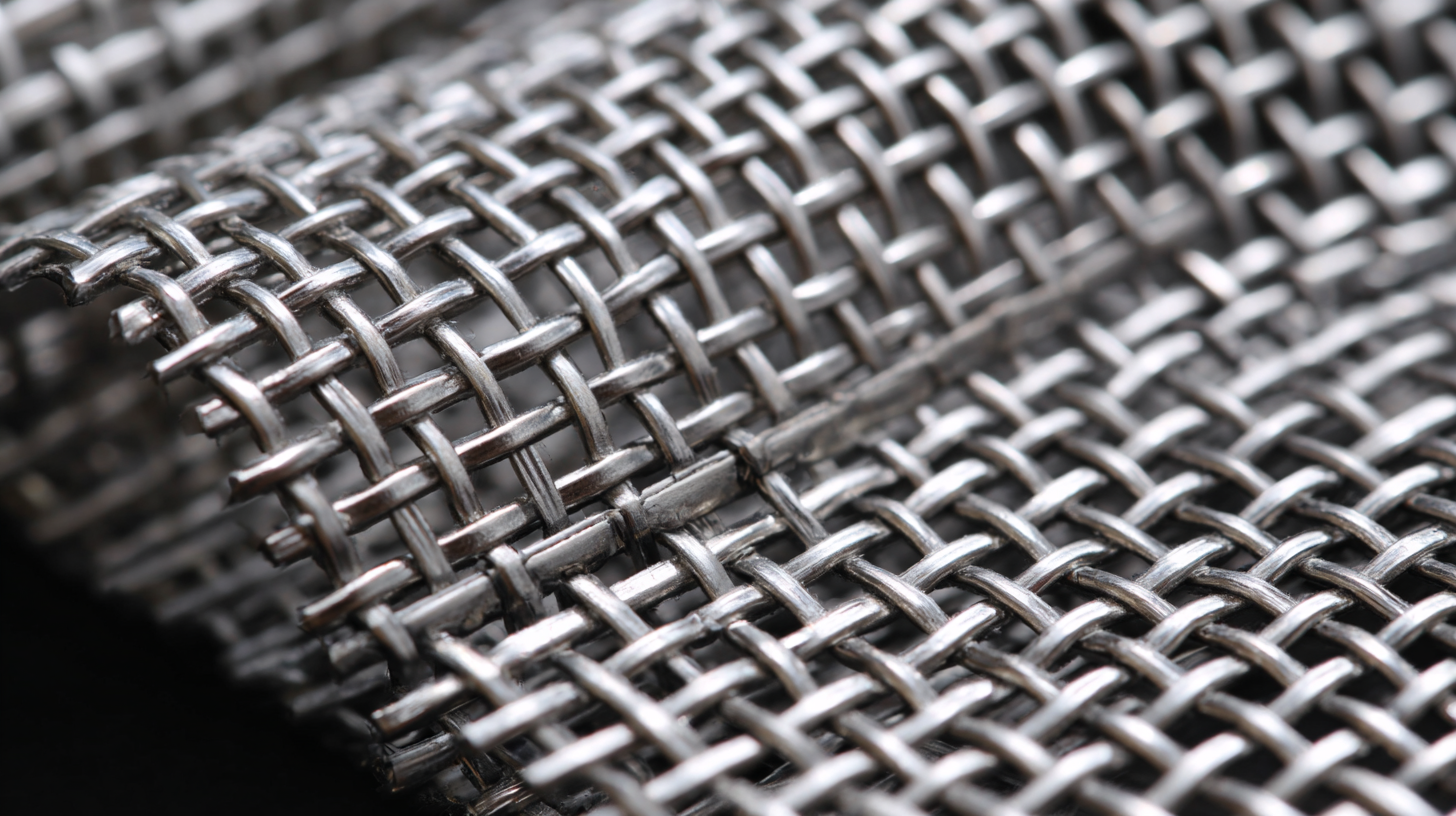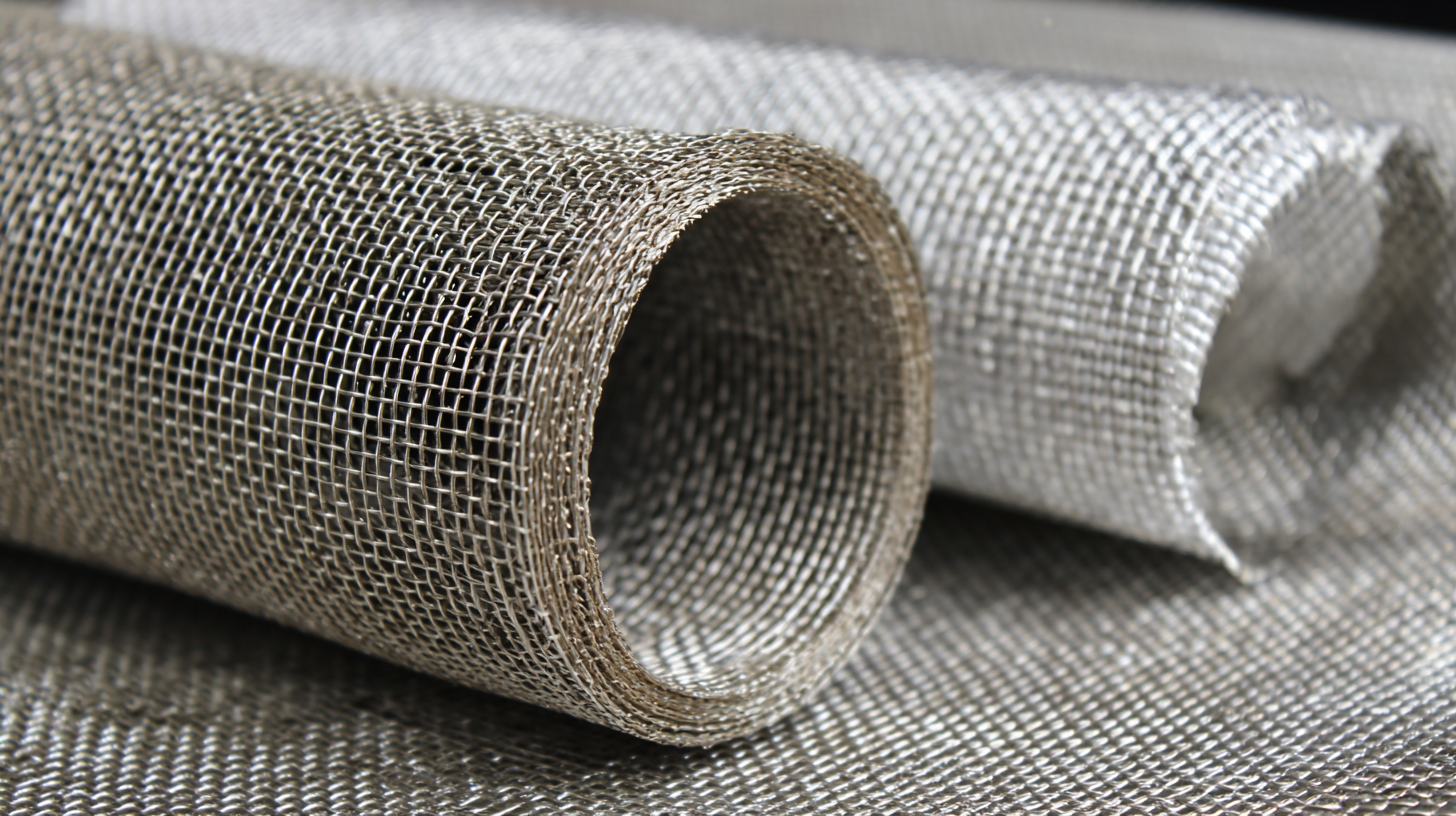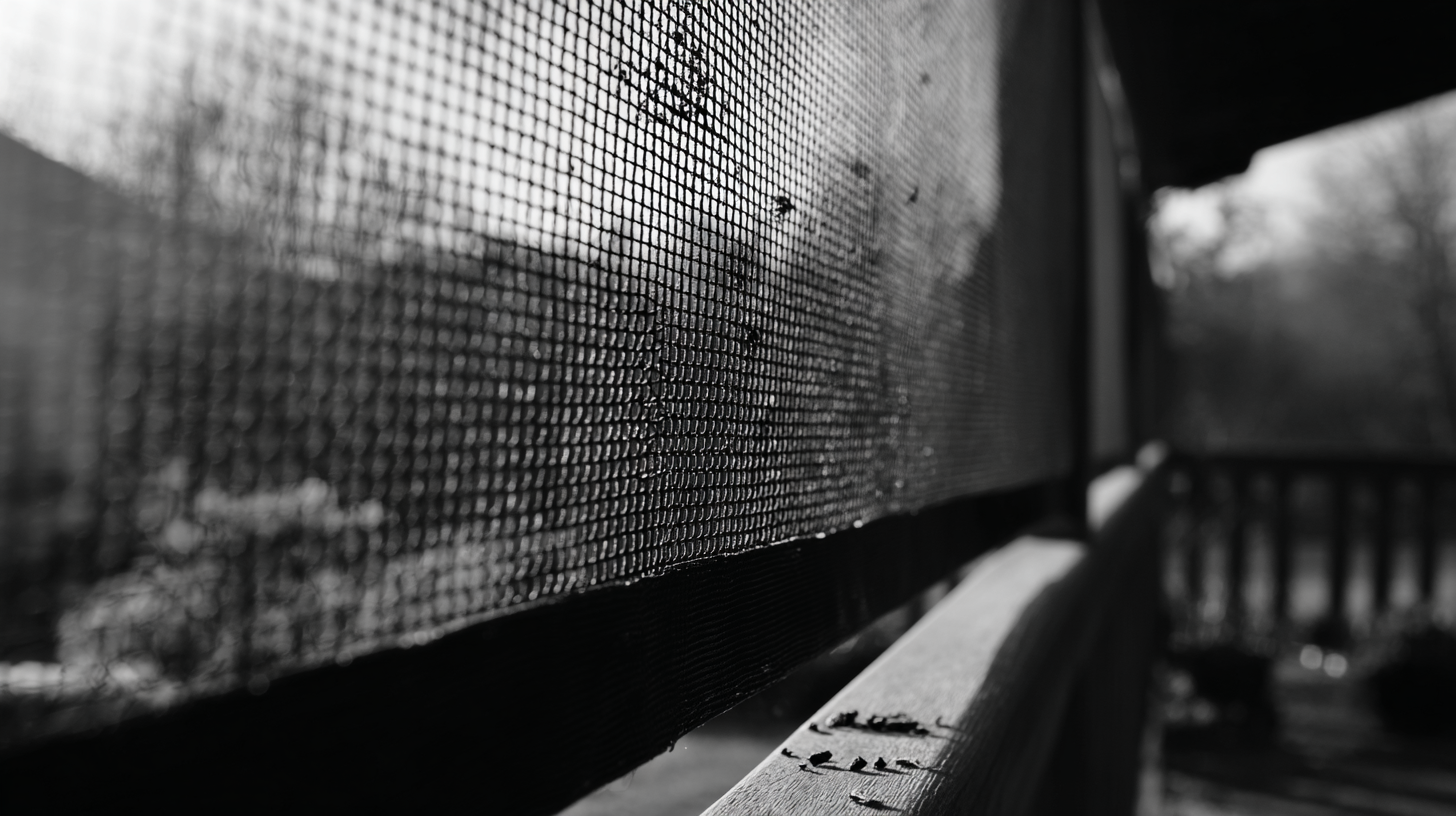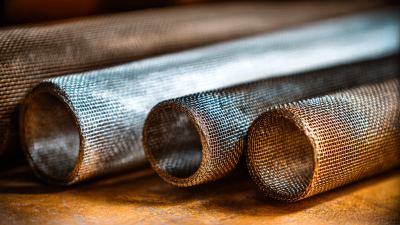 No. 14, Building 2, No. 367 Beijing Road, Chengdu Economic and Technological Development Zone (Longquanyi District)
No. 14, Building 2, No. 367 Beijing Road, Chengdu Economic and Technological Development Zone (Longquanyi District)

When it comes to enhancing the functionality and aesthetics of your home and garden, selecting the right fine mesh screen is a crucial step. Fine mesh screens serve a variety of purposes, from keeping unwanted pests out to allowing for adequate airflow while shielding your living spaces from debris. With a multitude of options available in terms of materials, sizes, and designs, choosing the ideal fine mesh screen can be overwhelming. This guide aims to simplify the decision-making process by breaking down the key factors to consider, including the specific applications, the types of mesh materials suited for different environments, and tips for effective installation. Whether you are seeking to protect your plants, improve your living conditions, or upgrade your outdoor spaces, understanding how to choose the right fine mesh screen will ensure you make an informed choice that meets your needs and enhances your home and garden experience.

When selecting a fine mesh screen for indoor use, there are several crucial factors to consider. First, the mesh material is essential. Options like stainless steel, aluminum, or fiberglass each have unique properties that affect durability and performance. Stainless steel is highly durable and resistant to rust, making it ideal for high-moisture areas, while fiberglass is lighter and can provide a better aesthetic for decorative purposes.
Another important factor is the mesh size. Finer mesh screens are excellent for keeping out small insects and debris, but they can also limit airflow. For indoor spaces, consider the balance between ventilation and pest control. In environments where airflow is crucial, opting for a slightly larger mesh can help ensure proper circulation while still providing a barrier against unwanted visitors.
Tips: Always check the screen's UV resistance if it will be exposed to sunlight; this will extend its lifespan. Additionally, look for screens that come with easy-install features, as this can save you time and effort during setup. Finally, consider the weight of the screen – lighter screens are easier to handle, while heavier ones may provide more durability and stability.
When it comes to choosing the right fine mesh screen for your home and garden, understanding the types of mesh material available is crucial. The two most common options are nylon and stainless steel, each with its unique properties. Nylon is lightweight, flexible, and resistant to moisture, making it a popular choice for temporary structures like garden netting. However, it may degrade over time when exposed to sunlight, which can shorten its lifespan in outdoor settings.
On the other hand, stainless steel mesh screens are known for their durability and resistance to rust and corrosion. This makes them an excellent choice for long-term use in any environment, whether it's the kitchen, garden, or patio. Although stainless steel is more expensive than nylon, its longevity often justifies the investment for those seeking a reliable solution.
**Tips:** When choosing between nylon and stainless steel, consider your specific needs. If you need something that can withstand outdoor elements and heavy wear, stainless steel is the better option. For temporary or lighter use, nylon may suffice. Always check the mesh size to ensure it meets your requirements for pest prevention or filtration.
| Mesh Type | Material | Durability | Corrosion Resistance | Weight | Cost |
|---|---|---|---|---|---|
| Nylon Mesh | Nylon | Moderate | Low | Lightweight | $$ |
| Stainless Steel Mesh | Stainless Steel | High | High | Moderate | $$$ |
| Plastic Mesh | Polyethylene | Low | Low | Very Lightweight | $ |
| Aluminum Mesh | Aluminum | Moderate | Moderate | Lightweight | $$ |
When selecting a fine mesh screen for your home and garden, understanding the relationship between mesh size and open area is crucial for optimizing airflow. Mesh size, measured in wires per inch (WPI) or microns, directly impacts how much air can flow through while filtering out unwanted particles. For instance, a mesh size of 80 WPI typically provides a good balance of air circulation and dust filtration for outdoor spaces, ensuring that plants receive adequate ventilation without compromising on protection against pests.
The open area of the mesh, defined as the percentage of space that is not obstructed by the mesh material, further influences airflow efficiency. According to industry reports, a screen with an open area of around 60-70% is considered ideal for maximizing airflow while maintaining structural integrity. This design allows for sufficient ventilation, promoting healthy growth in garden settings, while still acting as a barrier against insects and debris. Remember, the right combination of mesh size and open area not only enhances air circulation but also contributes to the overall health of your plants and the comfort of your home environment.
When selecting a fine mesh screen for your home and garden, durability and maintenance play crucial roles in ensuring long-lasting performance. According to the American Society for Testing and Materials (ASTM), screens made from materials such as stainless steel or fiberglass typically offer superior durability compared to those made from plastic, which can be more susceptible to UV degradation and physical damage. Studies have shown that stainless steel screens can last up to 15 years under varying environmental conditions, while fiberglass may require replacement every 5-7 years.
Maintenance is equally important, as it directly affects the integrity and effectiveness of the screens. A report from the National Association of Home Builders (NAHB) suggests that proper maintenance can extend the lifespan of fine mesh screens by up to 30%. Regular cleaning to remove debris, dirt, and loose particles can prevent clogging and ensure optimal airflow, especially for garden applications. Additionally, considering features such as removable frames or self-cleaning technologies can also ease the maintenance burden, making the choice of a fine mesh screen not just a financial investment, but a time-saving one as well.

When selecting a fine mesh screen for your garden, it's essential to consider both pest control and pollination needs. Fine mesh screens can serve as a protective barrier against a variety of garden pests, including insects such as aphids and caterpillars that might damage your plants. Choosing a screen with a mesh size that effectively blocks these pests while allowing essential pollinators like bees and butterflies to access your flowers is crucial. Opting for a screen that supports this balance will help maintain a healthy ecosystem in your garden.

In addition to pest control, the right mesh screen can enhance pollination by creating an inviting environment for beneficial insects. Look for materials that allow sunlight and air to pass through while still providing adequate protection. Some screens are designed with specific openings that permit pollinators easy access to your plants while deterring harmful species. This thoughtful consideration ensures that your garden thrives, producing bountiful fruits and vegetables without compromising on plant health. Ultimately, the right fine mesh screen will support your garden’s wellness by integrating pest management and facilitating pollination.





